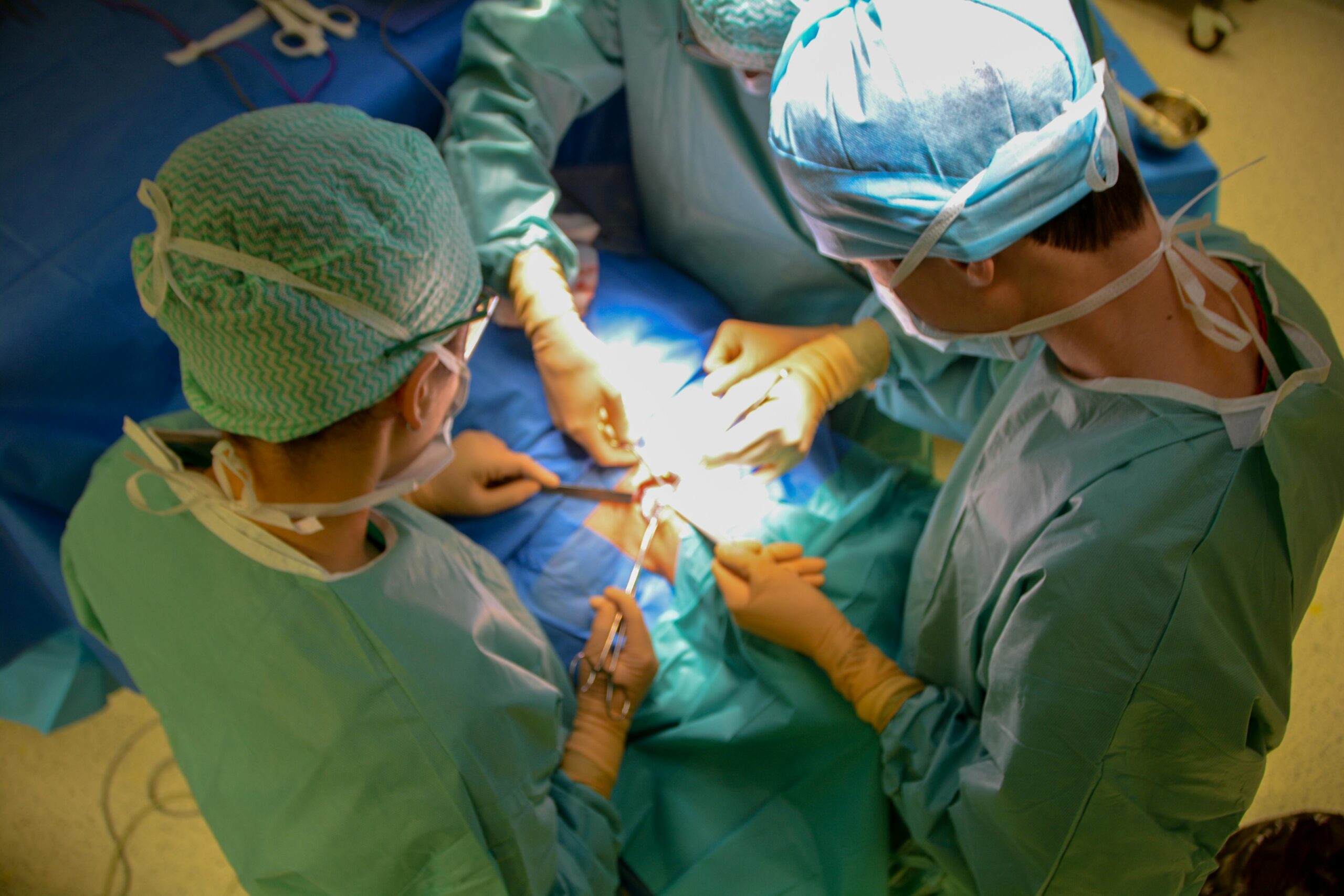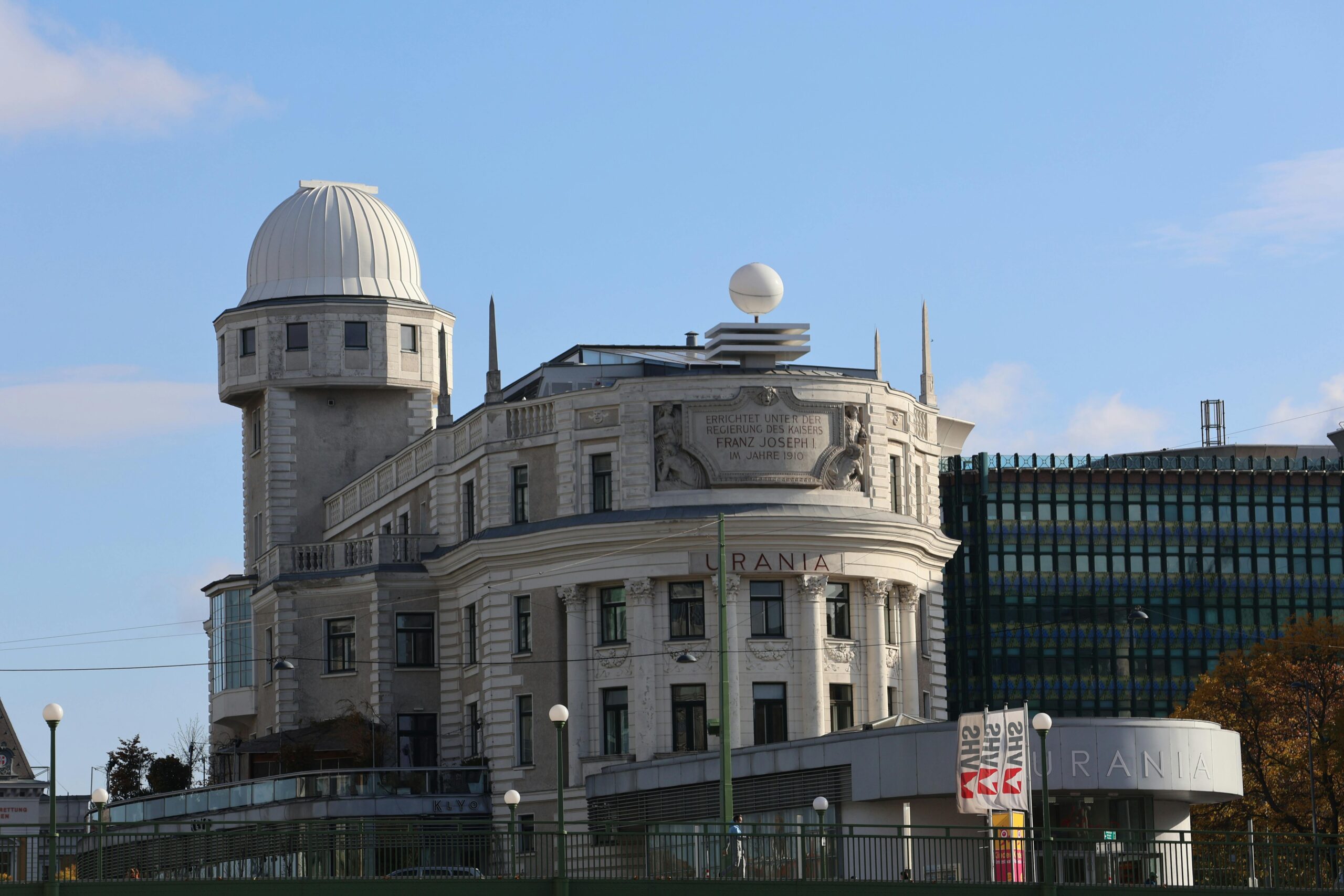Bone marrow transplants have transformed from experimental procedures into life-saving treatments, offering hope to patients battling blood cancers, genetic disorders, and immune deficiencies worldwide.
🔬 The Dawn of a Medical Breakthrough
The journey of bone marrow transplantation began in the mid-20th century when scientists first understood that bone marrow contains stem cells capable of regenerating the entire blood system. This revolutionary discovery opened doors to treating previously incurable diseases. The first successful bone marrow transplant occurred in 1956, performed by Dr. E. Donnall Thomas, who would later receive the Nobel Prize for his pioneering work.
Early attempts faced numerous challenges, including rejection, infection, and graft-versus-host disease. These complications claimed many lives, but each failure taught researchers valuable lessons that would eventually lead to safer, more effective procedures. The medical community persevered, driven by the potential to cure diseases that had long been considered death sentences.
Understanding Bone Marrow’s Critical Role
Bone marrow serves as the body’s blood cell factory, producing red blood cells that carry oxygen, white blood cells that fight infection, and platelets that enable blood clotting. When this system malfunctions due to cancer, genetic disorders, or other conditions, a transplant can essentially reboot the entire hematopoietic system.
The soft, spongy tissue inside bones contains hematopoietic stem cells with remarkable regenerative capabilities. These cells can differentiate into any type of blood cell the body needs, making them invaluable for treating conditions where the blood or immune system has been compromised. Understanding this biological mechanism was crucial to developing transplantation techniques.
Types of Transplant Procedures
Modern medicine recognizes several distinct types of bone marrow transplants, each suited to different conditions and patient circumstances. Autologous transplants use the patient’s own stem cells, collected before high-dose chemotherapy or radiation treatment. This approach eliminates rejection risk but isn’t suitable for genetic blood disorders.
Allogeneic transplants involve stem cells from a matched donor, typically a sibling or unrelated volunteer. These procedures carry higher risks but can treat a broader range of conditions. Syngeneic transplants, using cells from an identical twin, represent the ideal scenario with minimal rejection risk and maximum compatibility.
💉 The Matching Game: Finding Compatible Donors
Human leukocyte antigen (HLA) matching revolutionized transplant success rates. These proteins on cell surfaces help the immune system distinguish between self and foreign tissue. The closer the HLA match between donor and recipient, the lower the risk of dangerous complications like graft-versus-host disease.
Siblings have approximately a 25% chance of being perfect matches, while finding unrelated donors requires extensive database searches. International registries now contain millions of potential donors, dramatically improving matching odds. Organizations like Be The Match in the United States and similar programs worldwide have created vast networks connecting patients with compatible donors across continents.
Expanding the Donor Pool
Technological advances have expanded transplant possibilities beyond perfect matches. Haploidentical transplants, using half-matched donors (typically parents or children), have become increasingly viable through sophisticated techniques that reduce rejection risks. Umbilical cord blood banking provides another valuable source of stem cells, particularly beneficial for pediatric patients and those from diverse ethnic backgrounds underrepresented in donor registries.
The Transplant Journey: From Preparation to Recovery
The transplantation process involves multiple complex stages, each critical to success. Patients first undergo conditioning therapy—intensive chemotherapy or radiation designed to eliminate diseased cells and suppress the immune system to prevent rejection. This phase can be physically demanding, causing temporary hair loss, nausea, and extreme fatigue.
The actual transplant resembles a blood transfusion more than traditional surgery. Stem cells are infused through an intravenous line, traveling through the bloodstream to the bone marrow cavities where they establish residence and begin producing new blood cells. This process, called engraftment, typically occurs within two to four weeks.
⚕️ Navigating Complications and Challenges
Graft-versus-host disease (GVHD) remains one of the most serious complications in allogeneic transplants. This condition occurs when donor immune cells attack the recipient’s tissues, potentially affecting skin, liver, digestive tract, and other organs. Acute GVHD develops within the first 100 days post-transplant, while chronic GVHD can emerge months or years later.
Immunosuppressive medications help prevent and manage GVHD, but they leave patients vulnerable to infections. The delicate balance between suppressing unwanted immune reactions and maintaining adequate infection defense requires careful medical management. Modern protocols have significantly reduced GVHD severity and improved long-term outcomes.
Technological Innovations Reshaping Outcomes
Recent decades have witnessed remarkable technological advances improving transplant safety and effectiveness. Reduced-intensity conditioning regimens use lower doses of chemotherapy and radiation, making transplants accessible to older patients and those with other health conditions who couldn’t tolerate traditional approaches.
Sophisticated laboratory techniques enable better cell processing and storage. Flow cytometry allows precise measurement of stem cell quantities, ensuring adequate doses for successful engraftment. Cryopreservation techniques safely freeze and store stem cells for extended periods, providing scheduling flexibility and backup supplies.
🧬 Genetic Engineering and Future Possibilities
Gene therapy represents the cutting edge of transplant evolution. Scientists can now modify stem cells before transplantation to correct genetic defects causing diseases like sickle cell anemia and thalassemia. These approaches offer potential cures for conditions that previously required lifelong treatment.
CRISPR gene-editing technology has opened unprecedented possibilities for customizing stem cells. Researchers are developing techniques to eliminate HIV receptors from immune cells, potentially curing both blood cancers and HIV simultaneously. Clinical trials exploring these revolutionary approaches show promising early results.
Expanding Indications: Beyond Blood Cancers
While leukemia, lymphoma, and multiple myeloma remain primary indications for bone marrow transplants, the procedure now treats an expanding range of conditions. Severe aplastic anemia, where bone marrow fails to produce adequate blood cells, often responds dramatically to transplantation.
Inherited immune deficiencies, including severe combined immunodeficiency (SCID), can be corrected through transplantation in infancy, allowing children to develop normal immune function. Autoimmune disorders like multiple sclerosis and systemic sclerosis have shown improvement following autologous transplants, though these applications remain somewhat experimental.
Pediatric Transplantation Considerations
Children present unique transplantation challenges and opportunities. Their developing bodies may tolerate intensive treatments differently than adults, requiring modified protocols. However, younger patients often demonstrate superior recovery capabilities and better long-term outcomes.
Pediatric centers specialize in creating child-friendly environments that address the psychological and emotional needs of young patients and their families. Play therapy, educational support, and family integration into care teams help children cope with extended hospitalizations and challenging treatments.
🏥 Quality of Life: Life After Transplant
Successful engraftment marks the beginning of recovery, not the end of the journey. Most patients spend several weeks in protective isolation during the vulnerable post-transplant period when their immune systems remain compromised. Strict infection prevention measures, including filtered air, dietary restrictions, and limited visitors, protect against potentially deadly pathogens.
Recovery extends months to years, with patients gradually regaining strength and resuming normal activities. Regular monitoring detects complications early, improving intervention success. Many survivors return to work, school, and active lifestyles, though some experience chronic health issues requiring ongoing management.
Psychological and Emotional Dimensions
The emotional toll of bone marrow transplantation affects patients, donors, and families. Anxiety about outcomes, grief over temporary losses of independence and normalcy, and stress from financial burdens challenge mental health. Comprehensive transplant programs now incorporate psychological support, recognizing that emotional healing accompanies physical recovery.
Survivor communities provide invaluable peer support, connecting people who understand the unique challenges of transplant recovery. Online forums, local support groups, and organized events foster connections that reduce isolation and promote resilience. Many survivors report finding new life perspectives and priorities following their experiences.
The Economics of Transplantation
Bone marrow transplants rank among the most expensive medical procedures, with costs ranging from $100,000 to over $500,000 depending on complexity and complications. These figures include pre-transplant evaluation, the procedure itself, hospitalization, medications, and follow-up care.
Insurance coverage varies widely by country, policy, and indication. In countries with universal healthcare, transplant costs are generally covered, though waiting times may be longer. The United States relies on private insurance, Medicare, and Medicaid, with coverage gaps creating access disparities. Financial assistance programs help some patients, but economic barriers remain significant obstacles.
💰 Cost-Effectiveness and Value Analysis
Despite high upfront costs, transplants can prove cost-effective for curable conditions by eliminating decades of ongoing treatment expenses. Quality-adjusted life years (QALYs) analyses increasingly demonstrate favorable value propositions, particularly for younger patients with long life expectancies ahead.
Global Perspectives and Access Disparities
Transplant availability varies dramatically worldwide. Developed nations have established sophisticated transplant programs with excellent outcomes, while many developing countries lack basic infrastructure for these complex procedures. Patients in resource-limited settings often must travel abroad for treatment, facing language barriers, separation from support systems, and enormous expenses.
International collaboration initiatives work to build transplant capacity in underserved regions. Training programs, equipment donations, and telemedicine consultations help establish new centers. However, significant gaps persist, with millions of potential transplant candidates lacking access to life-saving treatment.
🌟 Research Frontiers and Emerging Therapies
The future of bone marrow transplantation looks increasingly bright as research continues advancing. Artificial intelligence algorithms now predict transplant outcomes more accurately, helping match patients with optimal donors and conditioning regimens. Machine learning analyzes vast datasets identifying subtle patterns that improve decision-making.
Microbiome research reveals how gut bacteria influence transplant success. Manipulating intestinal flora through probiotics, prebiotics, or fecal transplants may reduce GVHD and improve outcomes. These relatively simple interventions could significantly impact results without adding substantial costs or complexity.
Cellular Therapies Beyond Traditional Transplantation
CAR-T cell therapy represents a revolutionary alternative for some blood cancers, genetically modifying patient immune cells to recognize and destroy cancer. While not replacing traditional transplants entirely, these therapies provide options for patients who fail or cannot tolerate conventional approaches.
Mesenchymal stem cells show promise for treating GVHD and promoting engraftment. These supportive cells don’t require matching and may improve outcomes when administered alongside traditional transplants. Clinical trials continue exploring optimal applications and protocols.
The Unsung Heroes: Donor Perspectives
Bone marrow donors make extraordinary contributions, often to complete strangers. The donation process has become safer and more comfortable over time. Peripheral blood stem cell collection, now most common, involves medication to mobilize stem cells into bloodstream followed by apheresis—a process similar to plasma donation.
Traditional bone marrow harvest from hip bones under anesthesia remains necessary occasionally. Donors report temporary discomfort but overwhelmingly describe donation as rewarding. Many form lasting connections with recipients, sharing profound bonds forged through this ultimate gift.
🎯 Advocacy and Awareness Initiatives
Patient advocacy organizations play crucial roles raising awareness, funding research, and supporting families navigating transplantation. Groups like the Leukemia & Lymphoma Society and National Marrow Donor Program drive policy changes improving access and affordability.
Awareness campaigns encouraging donor registration have expanded registries significantly, though diversity gaps persist. Special initiatives targeting underrepresented ethnic communities work to ensure all patients can find compatible donors regardless of heritage.

Looking Ahead: The Next Chapter
As bone marrow transplantation continues evolving, the focus shifts toward reducing complications, expanding access, and improving quality of life for survivors. Precision medicine approaches promise increasingly personalized protocols optimized for individual patient characteristics and disease profiles.
The integration of multiple therapeutic modalities—combining transplantation with immunotherapy, targeted drugs, and supportive care innovations—will likely improve outcomes further. Each advancement builds upon decades of research, clinical experience, and the courage of patients and donors who participated in this medical revolution.
Bone marrow transplantation exemplifies medical science at its finest: transforming desperate situations into hopeful futures through innovation, dedication, and human compassion. The journey from experimental procedure to standard treatment continues, promising even better outcomes for future generations facing blood disorders and cancers.
Toni Santos is a longevity writer and regenerative medicine researcher dedicated to exploring how biology, technology, and ethics can extend healthspan. With a focus on cellular repair and anti-aging biotechnology, Toni examines how next-generation therapies translate lab breakthroughs into real-world vitality. Fascinated by stem cell science, telomere dynamics, and systems biology, Toni’s journey bridges research reviews, expert interviews, and clear public communication. Each article he shares aims to separate evidence from hype—helping readers understand what’s promising, what’s premature, and what truly supports long-term health. Blending molecular biology, clinical insight, and accessible storytelling, Toni investigates interventions that target the root drivers of aging. His work honors responsible innovation—prioritizing safety, transparency, and human wellbeing in the pursuit of extended healthspan. His work is a tribute to: Anti-aging biotechnology grounded in rigorous evidence Cellular rejuvenation pathways that restore function and resilience Stem cell and telomere research advancing ethical longevity care Whether you’re a clinician, researcher, or health enthusiast, Toni Santos invites you to explore the frontiers of regeneration—one discovery, one mechanism, one healthier year at a time.




